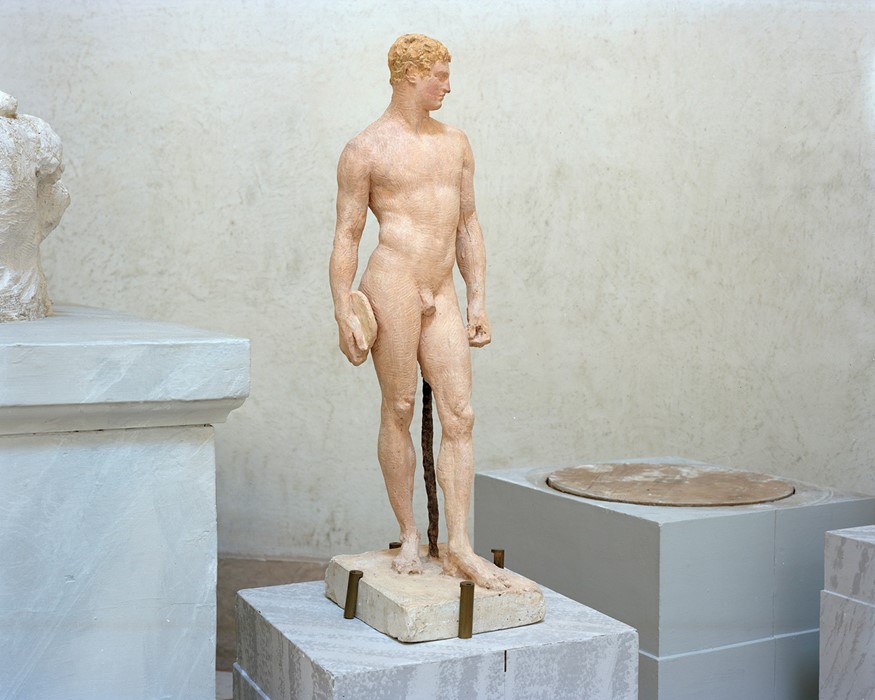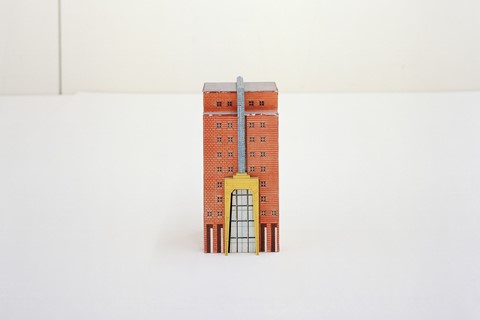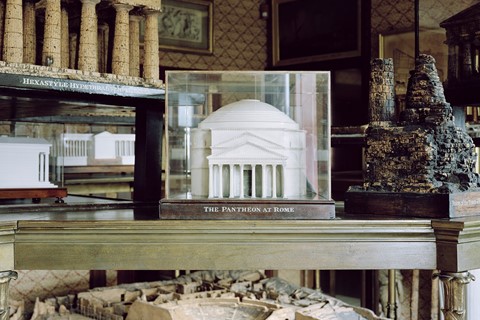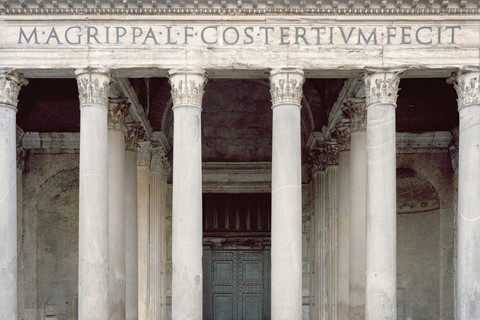AnOther speaks to Stefano Graziani about his new show at Fondazione Prada, which sets out to question the medium as we know it
Look through the disorientingly direct lens of Italian photographer Stefano Graziani, and you’ll be surprised by how cryptic his take on reality can feel. His crisp aesthetic is oddly disturbing, and while it may be hard to pinpoint exactly how so, yielding to your bewilderment suggests you’re already halfway there. “I want to make the viewer think, go beyond what they’re seeing, and reflect upon it rather than take it at face value,” asserts Graziani. His latest exhibition, fittingly titled Questioning Pictures, and held at Fondazione Prada’s Milan Osservatorio, does just that.
By creating a non-linear and ambiguous dialogue between photography as a medium and the object it seeks to capture, Graziani opens up a potentially infinite realm of dialogues, prompting us to re-think the seemingly obvious. To achieve this, he considers the action of photography in relation to the immobility of objects by infiltrating the ultimate treasure trove of static material: the museum archive.
Based on extensive insight into a variety of conservation systems, from Montreal’s Canadian Centre for Architecture to Verona’s Museo di Castelvecchio, or Switzerland’s Kunstmuseum Basel, Graziani’s visual investigation is thorough, to say the least. With an immersive set-up designed by Belgian architecture duo Kersten Geers and David Van Severen as a system of colourful, interchangeable screens laid out across the two levels of the Osservatorio, the exhibition sees a meeting of worlds; the old and the new, the real and the illusory, the conventional and the experimental. A model of a building by Aldo Rossi is connected to a drawing by Gordon Matta-Clark; a late 19th-century photo album of Pompeii is set alongside a plastic model of the Pantheon; a plaster by Antonio Canova conserved in Possagno dialogues with Lucas Cranach’s Three Graces. The lush naturalism of Graziani’s imagery is both an ode to art, and an incisive deconstruction of it.

Partly influenced by the Institutional Critique movement of the 70s – a radical conceptual attack on the institution as a place of ‘cultural confinement’ for art – Graziani argues that “all photographic work is an action, a movement within this organised establishment. I wanted to look at how we position our work in relation to that. Essentially, it’s about the institution constantly reexamining itself, and the viewer’s subjectivity being reactivated, so that they can stratify their perception and gain access into the unseen or the unsaid,” he explains.
Graziani uses photography as a means to transform and subvert, instead of simply documenting it. “This can be tricky,” he notes. “It’s common for photography to stop at a unilateral, documentary level. What you see is often what you get. But the biggest ambition for me is to bring out the invisible. I try to get there by using the surface of the photograph to build its form, its composition. Beyond the overtly visible, we need to be deeply seduced by the latent substance and composition of the photograph. Reaching that level is the greatest challenge, but it’s what truly connects the image to the interpretative eye of the viewer.”
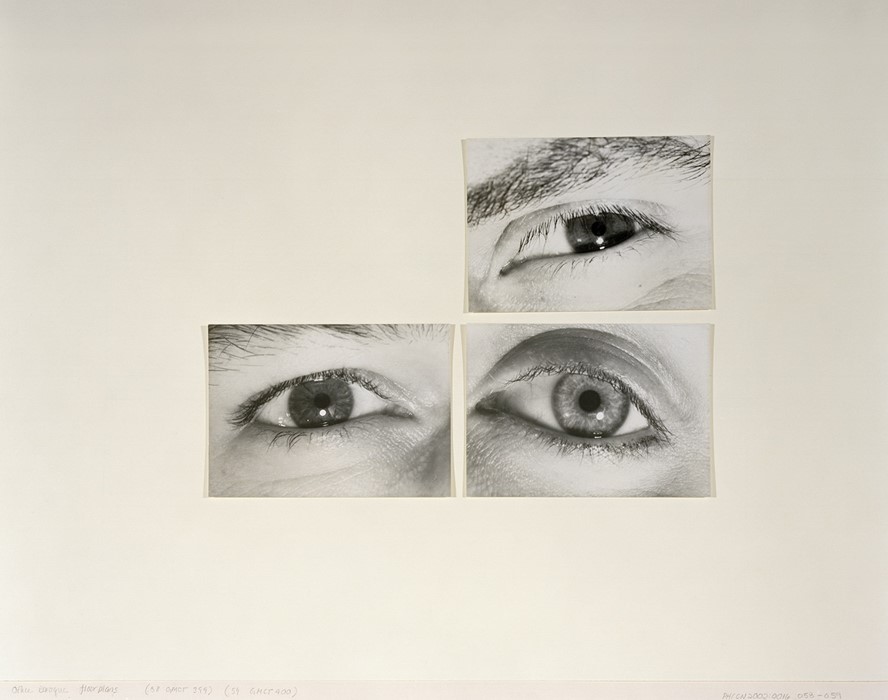
Once again, the museum appears to be an ideal starting point for Graziani’s reflective and critical inquiry. “There are a lot of revered, mythicised objects in the exhibition, and I try to approach them with a certain degree of nonchalance,” he says of his attempt to melt away the frosty formality shrouding both art exhibits and the cult of objectivity. One such artefact demystified by Graziani’s gaze is a prototype of a table conceived by seminal Modernist architect Ludwig Mies van der Rohe. Rather than sanctifying it, the photographer chooses to depict it just as it was designed to function: as an industrial, practical commodity meant to support trivial objects. “I don’t strip the objects I photograph of their aesthetic or historical value. But at the same time, I think it’s important not to let the things you’re documenting take over your work,” he says. To enter Graziani’s layered world is to forget everything you thought you knew about photography.
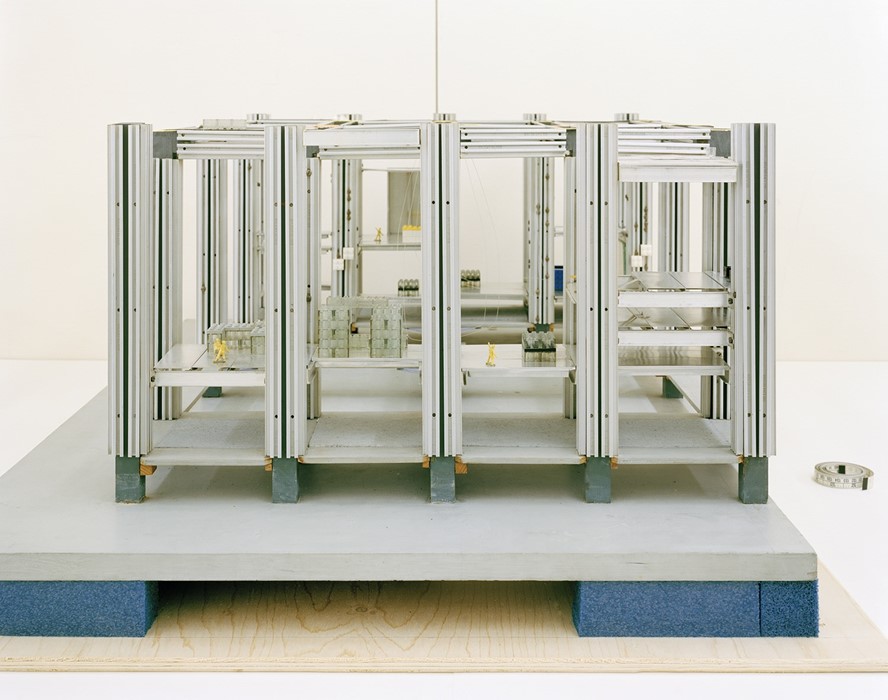
Questioning Pictures runs until February 26, 2018 at Fondazione Prada.
